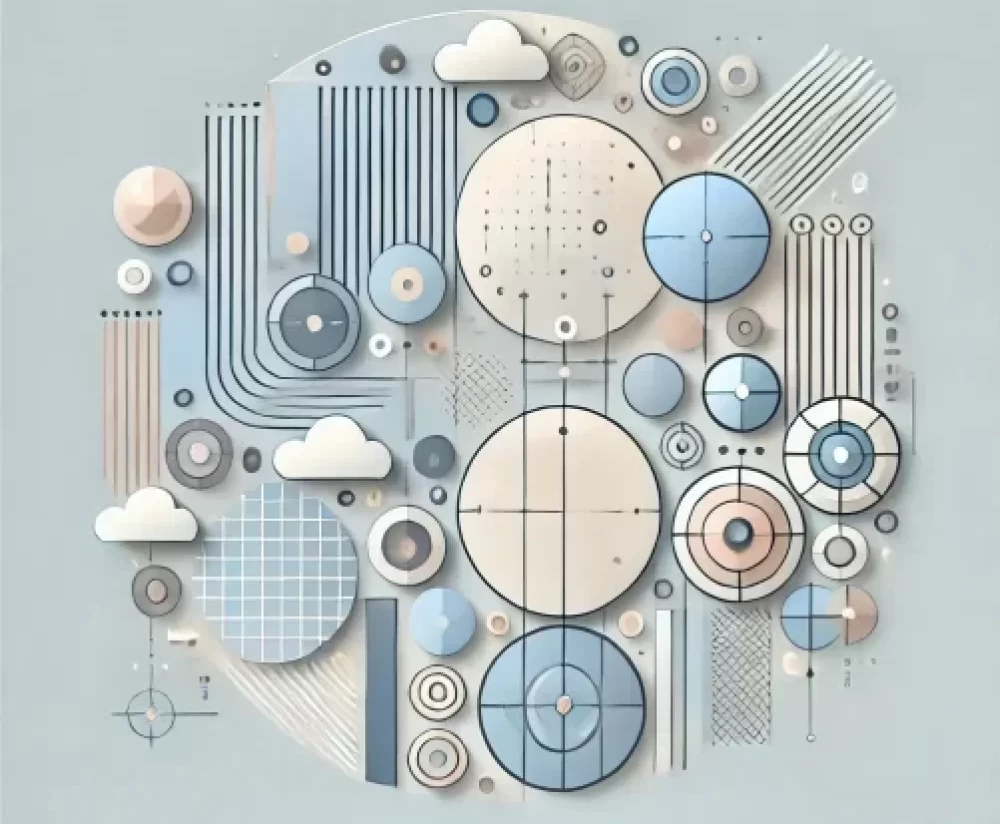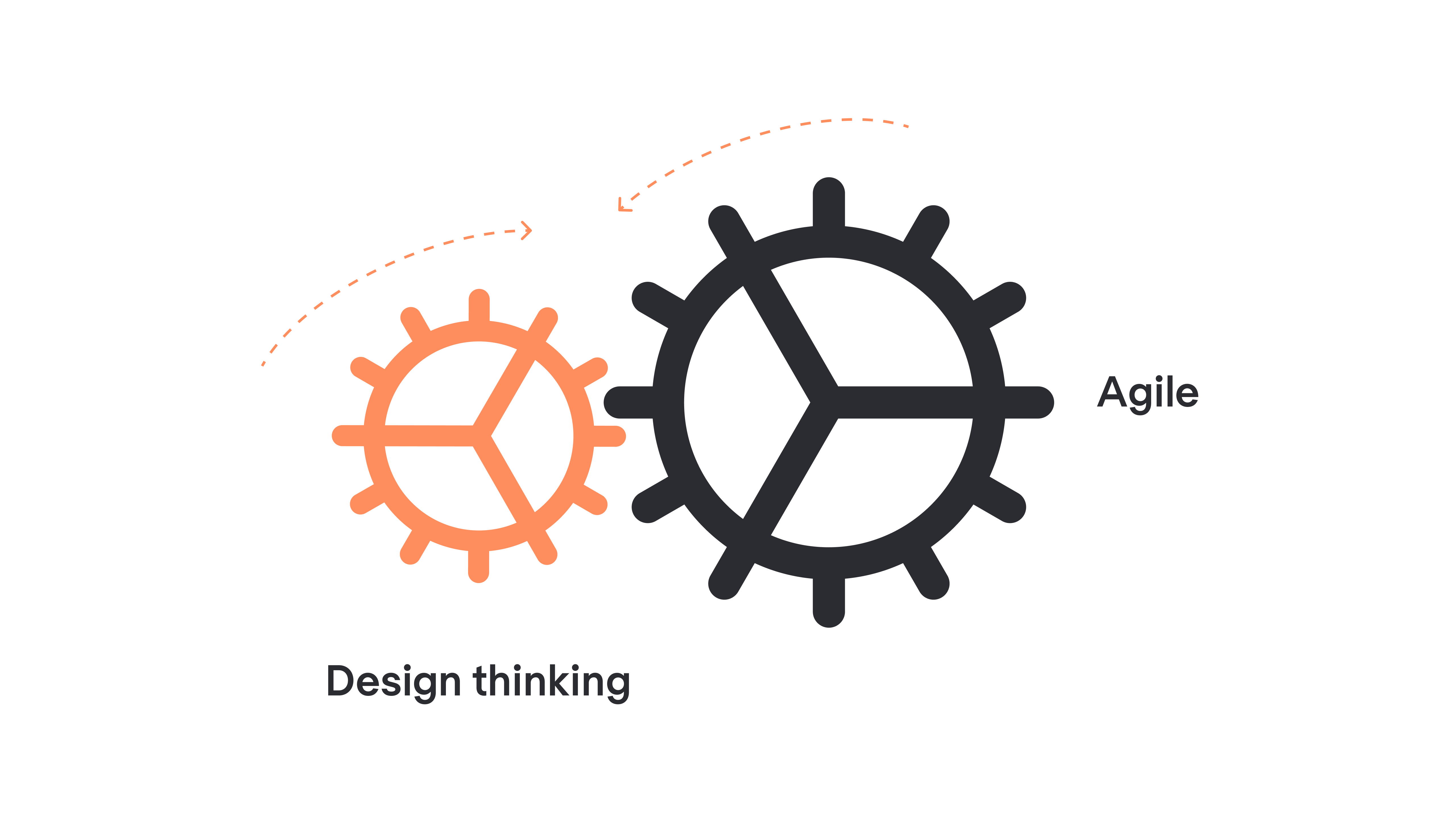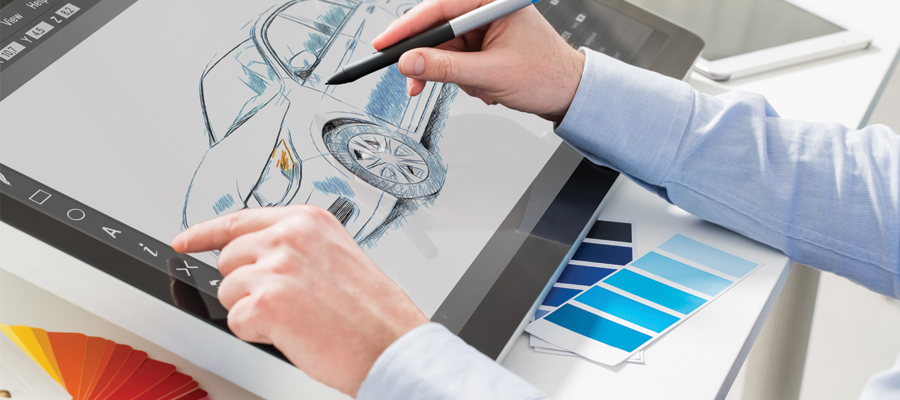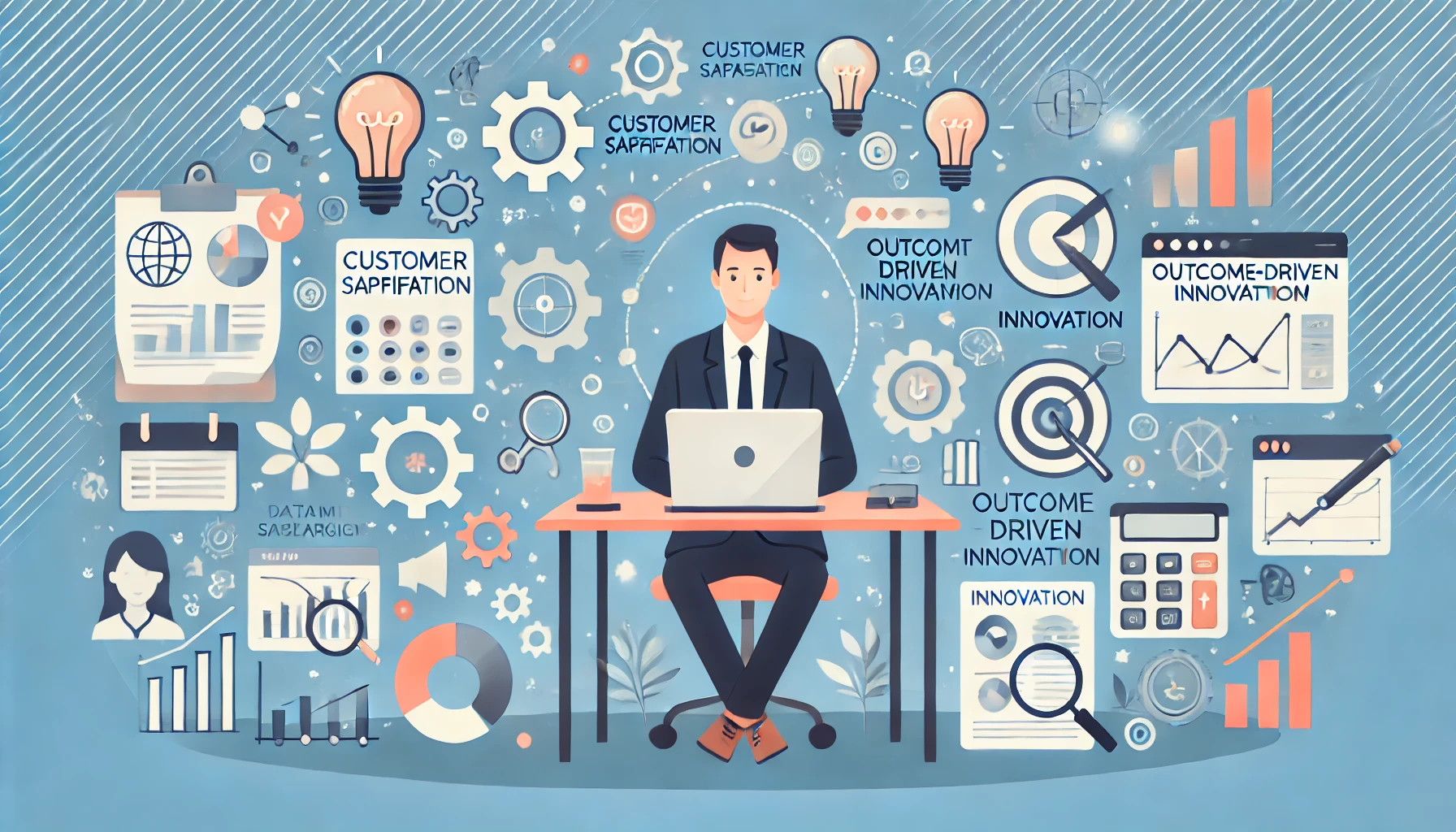In the dynamic realm of software development, striking a harmonious balance between agility and thoughtful design is essential for creating products that resonate with users. Integrating design thinking principles with agile development methodologies offers a potent approach to achieving this equilibrium. This article will delve into key aspects of this integration, addressing the evaluation of agile concepts, the creation of a shared perspective through design methods, the diagnosis of software value, and the facilitation of narrative collaboration through user stories and prototypes.
Design Thinking Meets Agile: Unlocking a User-Centric Software Development Workflow
Imagine a world where software isn’t just lines of code and pixels, but an empathetic masterpiece crafted to solve real user problems. This isn’t a utopian dream, but the attainable reality when design thinking and agile methodologies embrace their potent synergy. Let’s explore the four key steps that transform software development into a user-centric odyssey:
1. Building a Shared Perspective: From Personas to Passion
Design thinking injects warmth with personas, vibrant fictional characters embodying your target audience. Every decision starts with considering their hopes, needs, and frustrations. Imagine Sarah, the busy professional juggling deadlines and family life. By understanding her struggles with cluttered interfaces and confusing workflows, the team develops a shared passion for designing software that simplifies her world. This shared perspective, fueled by empathy and a tangible representation of the user, becomes the compass guiding every step of the development process.
2. Diagnosing User Value: From Problem Scenarios to Purposeful Features
Agile methodologies champion iteration and flexibility, but how do we know where to iterate? Enter problem scenarios – vivid narratives depicting users grappling with specific pain points. Imagine Sarah battling through an overly complex onboarding process, wasting precious time and losing patience. These scenarios illuminate the need for a streamlined, intuitive onboarding experience. Now, we translate these narratives into agile user stories, concise descriptions of features that directly address identified problems. Each user story becomes a mini-mission, ensuring every line of code and pixel serves a clear purpose: making Sarah’s life easier.
3. Testing Ideas with Prototypes: From Sketches to User-Driven Refinement
The best ideas flourish in the light of feedback. Design thinking embraces rapid prototyping, transforming abstract concepts into tangible experiences. Whether it’s a rough sketch on a napkin or a high-fidelity mockup, these prototypes become platforms for user interaction. Watch as Sarah navigates an early prototype, highlighting hidden flaws and unexpected opportunities. Her feedback becomes the fuel for continuous refinement, iteratively shaping the software into a tool that resonates with her needs. This cycle of prototype, test, and refine ensures the final product isn’t just functional, but truly user-centric.
4. Facilitating Narrative Collaboration: User Stories & Prototypes in Action
Think of user stories not as cold specs, but as captivating narratives. Each story tells a tale of Sarah conquering a challenge with the help of the software. During prototype sessions, these stories come alive as she walks you through her journey. Listen closely as she narrates her experience, unveiling both frustrations and moments of delight. Encourage open dialogue, prompting her to share her thoughts and emotions as she interacts with the prototype. This shared storytelling experience is where magic happens. The user’s voice guides the development process, leading to a product that not only solves problems but also inspires positive emotions.
In conclusion, by merging the strengths of agile development methodologies with the human-centered approach of design thinking, teams can create software that not only meets user needs but also adapts to evolving requirements. The evaluation of agile concepts, creation of a shared perspective through design methods, diagnosis of software value, and facilitation of narrative collaboration through user stories and prototypes contribute to a holistic and effective approach to software design. Embracing this synergy ensures that the resulting products are not only functional and efficient but also deeply resonate with the users they are intended to serve. Embark on this collaborative odyssey, unlock the potential of design thinking and agile, and shape software that etches a lasting impression in the hearts and minds of your users.




